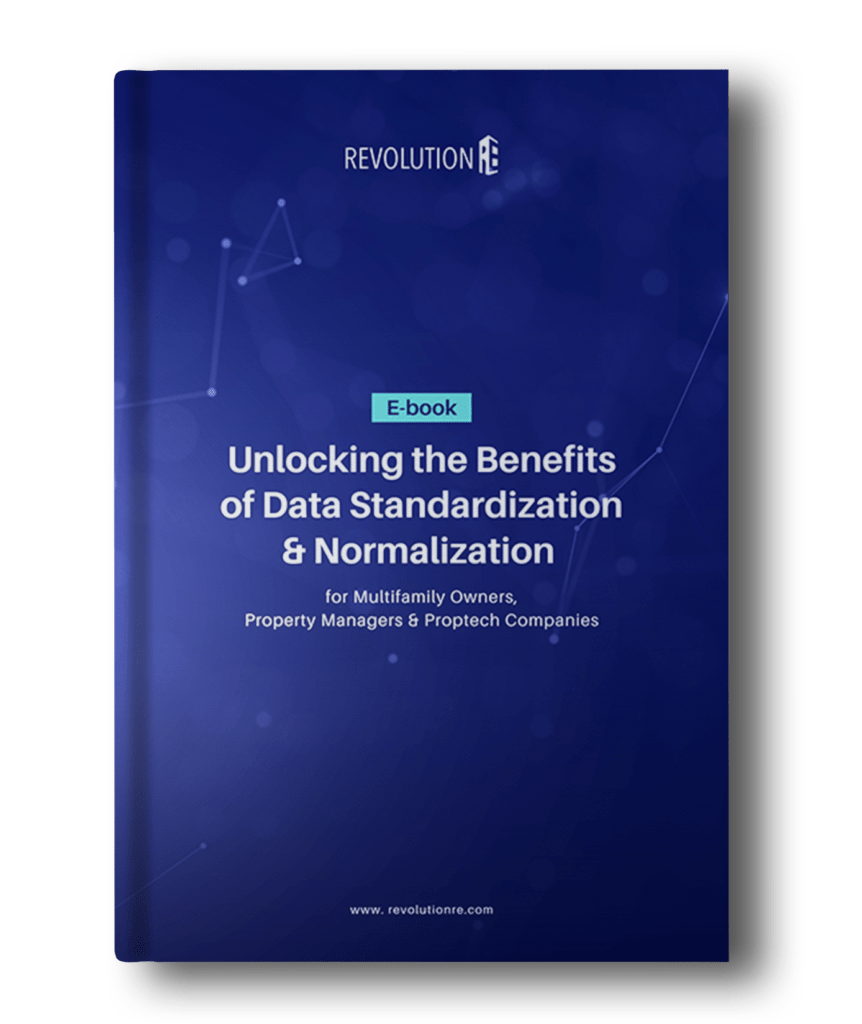
As a follow-up to last year’s Housing Supply Action Plan and Blueprint for a Renters Bill of Rights, The White House has recently released a set of new measures designed to boost the availability of affordable housing options. The initiatives aim to prioritize transparency and fairness for tenants, as well as involve collaboration among various federal agencies.[1] A further announcement by the Treasury Department expanded on several existing initiatives to fund affordable housing in collaboration with The Department of Housing and Urban Development (HUD). Industry groups have generally applauded the Administration’s efforts to promote affordable housing, tempered with some disagreement as to how these efforts can best be accomplished.
In its February 29 press release, The White House shared the following efforts to achieve their affordable housing goals:
Several days after the initial White House’s announcement, the Treasury Department released its own additional initiatives,[3] including:
While industry groups support the Administration’s desire to bolster desperately needed affordable housing units in the United States, there is some disagreement as to how these efforts can best be accomplished. In response to the Administration’s recent announcement, both the National Apartment Association (NAA) and The National Multifamily Housing Council (NMHC) released statements outlining their perspectives on behalf of their members and the industry they represent. The NAA generally supports the Housing Supply Action Plan, particularly the extension of FFB Risk Sharing. However, the NAA expressed concern regarding potential federal overreach in landlord-tenant relations, citing proposals that may conflict with existing state regulations and complicate compliance for housing providers.[2]
The NMHC had similar feedback on the initiatives, stating “[w]e applaud efforts such as the Biden Administration’s Housing Supply Action Plan that demonstrates a focus on increasing housing supply, including support for expansion of the Low-Income Housing Tax Credit and the newly announced additional Federal investments in increasing housing supply.”[3] NMHC also expressed its disagreement with the initiatives’ limitations on certain industry fee for services options, stating that “[t]hese efforts are concerning because they will hurt renters by undermining the Administration’s objectives of lowering housing costs, driving new housing development and creating more affordable rental housing.”
While the newly released initiatives by the Administration are commendable for addressing the pressing need for affordable housing in the United States, there is a delicate balance to strike with the demands of housing providers. The efforts to protect tenants, though well-intentioned, may inadvertently impose burdens on the industry, potentially hindering the very goal of increasing affordable housing supply. Concerns about potential federal overreach in landlord-tenant relations add another layer of complexity. The risk of conflict with existing state regulations could complicate compliance for housing providers, making it even more challenging to navigate the regulatory landscape. As with all regulatory efforts, the ultimate impact of these initiatives on affordable housing availability is uncertain. It is crucial to monitor their effects closely to ensure that the intended outcomes are achieved without imposing undue costs on the industry or compromising the quality of housing provided. To truly enhance affordable housing availability, a balanced approach is needed — one that safeguards tenant rights while also fostering an environment conducive to development, investment and innovation in the housing sector.
We invite you to subscribe to our newsletter for updates and industry news.
